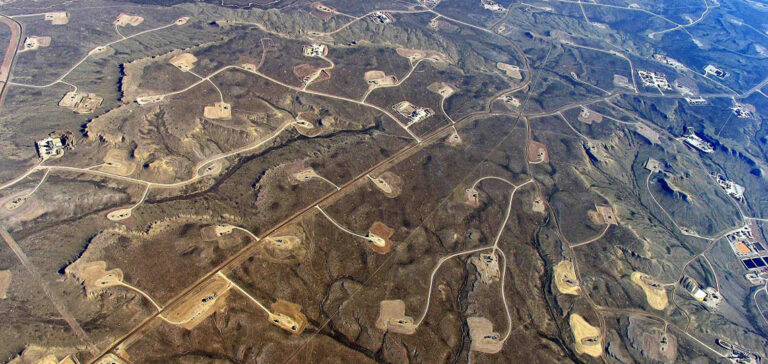London-based BP has recently initiated discussions with several companies with a view to creating operational partnerships in the Haynesville shale gas basin. The company is also considering joint ventures in theEagle Ford basin. However, its positions in the Permian-rich oil basin are not included in these talks for the time being. These partnerships could cover land of various sizes, and would not require BP to dispose of all its assets in the basin.
BP Growth and Investment Objectives
The rapid growth of shale oil and gas activities in the United States over the past 15 years has turned world markets upside down, making the United States a major energy exporter. However, scale is essential to keep costs down in the shale sector. By increasing the size of its joint venture operations, BP and its partners could drill more and longer shale wells to boost production, while sharing the costs between the parties. A BP spokesman declined to comment.
Challenges and Opportunities for Joint Ventures in the Energy Sector
The desire for growth has prompted a wave of consolidation among shale producers this year. Just this month, Exxon Mobil and Chevron announced their intention to acquire Pioneer Natural Resources and Hess, respectively, for a total of $113 billion, two of the largest mergers in the industry in decades. By opting for joint ventures, BP can achieve its growth targets without having to spend billions on acquisitions. However, reaching agreement on the value of the combined assets and the division of ownership of the joint venture are among the challenges that BP would have to overcome with its potential partners.
BP Investment and Production Plans
BP plans to invest around $2.5 billion a year in its shale activities, with an average of 12 to 15 platforms in operation. Production is set to double to 650,000 barrels of oil equivalent per day by 2030, compared with 2022 levels, as reported by the company last month. BP holds 13 trillion cubic feet of natural gas reserves in the Haynesville Basin, where it owns more than 500,000 net acres. The company has already held a joint venture in the Eagle Ford basin with Lewis Energy, a private company, since 2010. However, BP expanded its presence in the South Texas Basin when it acquired BHP’s US onshore operations for $10.5 billion in 2018.






















